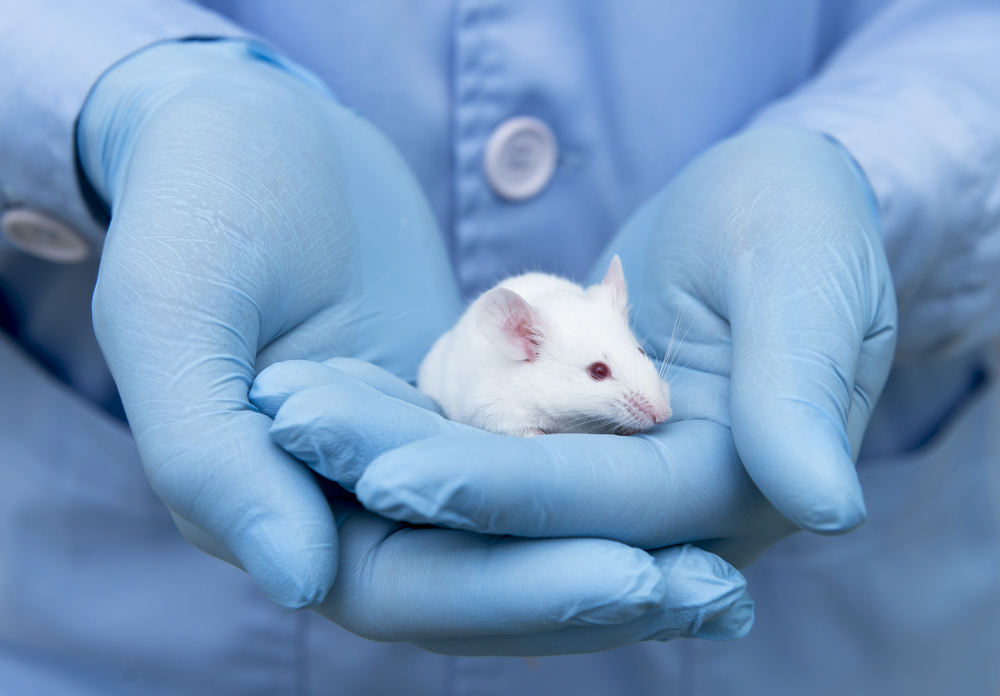Transplanted Human Bone Marrow Cells Hold Promise as ALS Therapy, Mouse Study Shows

Transplanting certain human bone marrow cells into mice with amyotrophic lateral sclerosis (ALS) improved their motor function and preserved motor neurons by repairing the barrier protecting the spinal cord.
The study with that finding, “Human Bone Marrow Endothelial Progenitor Cell Transplantation into Symptomatic ALS Mice Delays Disease Progression and Increases Motor Neuron Survival by Repairing Blood-Spinal Cord Barrier,” was published in the journal Scientific Reports.
The blood-brain and blood-spinal cord barriers (BSCB) are composed of endothelial cells, pericytes, located along the walls of tiny blood vessels called capillaries, and processes derived from astrocytes, a cell type also involved in the response to injury.
Increasing evidence has linked impairments in each of these components to ALS, both in patients and in animal models. Disrupted barriers allow the entry of immune cells and other potentially harmful substances from the blood circulation, which may aggravate degeneration of motor neurons — specialized cells that control muscle contraction — a hallmark of ALS.
In mice with ALS, the team at University of South Florida in Tampa previously showed that human bone marrow cells containing the CD34 marker (hBM34+) may be a therapeutic stray for ALS, as they delayed disease progression, preserved motor neuron survival, lessened a marker of reaction to injury, and maintained barrier integrity. The transplanted cells differentiated into endothelial cells — those that line blood vessels — and nested in capillaries of the spinal cord.
Join our ALS forums: an online community especially for patients with Amyotrophic Lateral Sclerosis.
A subsequent study in the same mouse model, G93A, revealed that a high dose of transplanted cells restored the fine structure of capillaries and stabilized their density in the spinal cord, while also improving myelin integrity. (Myelin is the protective layer that insulates the nerves.)
As noted in a press release, although these findings support the use of such cells to repair the BSCB and improve ALS-related alterations, the most significant effect of hBM34+ cells on motor function was determined at four weeks after transplant. Also, a substantial damage in spinal cord capillaries was detected even after high-dose treatment.
This made the team test whether human endothelial progenitor cells (EPCs) — bone marrow-derived, but more similar to endothelial cells than undifferentiated stem cells — would provide superior BSCB restoration in G93A mice.
At two to three weeks after transplant via intravenous infusion, mice given EPCs from adult donors showed significantly higher body weight, improved motor function and slowed disease progression than controls with ALS, as assessed by extension reflex scores, grip strength, and motor coordination.
At four weeks, these mice also demonstrated BSCB repair associated with widespread attachment of EPCs to capillaries in the cervical and lumbar spinal cord and in the brain’s motor cortex and brainstem — two regions known for motor neuron degeneration.
Other improvements in the cervical and lumbar spinal cord included restored capillary and pericytes’ structure, normalized astrocytic processes, less leakage into the spinal cord, and extended survival of spinal cord motor neurons. This was reflected by signs of degeneration in only a small subset of motor neurons and by higher number of these nerve cells than in controls with ALS.
Cautioning that further studies are needed, the team commented that “from a translational viewpoint, the initiation of cell treatment at the symptomatic disease stage offered robust restoration of BSCB integrity and shows promise as a future clinical therapy for ALS.”






